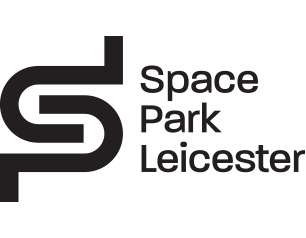Space Park Leicester experts to showcase space technology at IAC 2024 in Milan

Leading experts from the University of Leicester will showcase cutting-edge advancements and lead discussions on the future of space science and space exploration at the prestigious International Astronautical Congress (IAC).
Taking place in Milan this October, Space Park Leicester is excited to announce its participation in the 75th international event with participation in both the Industrial Exhibition and the science and technology sessions part of the broader technical conference.
The team will be showcasing some of the instruments and technologies developed and under development at the University of Leicester.
The team will also be highlighting and showcasing the community of industry partners based at Space Park Leicester.

Professor Richard Ambrosi, Executive Director of Space Park Leicester, said: “In the year since Space Park Leicester last attended the International Astronautical Congress we’ve seen some exciting developments across our portfolio, and we are delighted to be able to share more on those at this year’s event.
“We are entering a new chapter in our journey, one that will see us harness the full end-to-end capability that will be coming online in the space cluster based at Space City Leicester to address the scientific, technological and workforce development challenges of the sector.”
Building on the success of the 2022 Paris IAC, Space Park Leicester will also be showcasing the BepiColombo Mercury Imaging X-ray Spectrometer (MIXS) model at its stand as an example of the capability at the University of Leicester along with other cutting edge technologies.
The MIXS instrument, developed by Space Park Leicester, represents a breakthrough in planetary science. As the first imaging X-ray instrument to fly to another planetary body, MIXS will observe the surface of Mercury, providing unprecedented insights into its composition and the complex interactions with its environment. This advanced technology marks a significant leap forward from the capabilities demonstrated by NASA’s MESSENGER mission.
As part of the BepiColombo mission, MIXS is designed to analyse the X-rays emitted by Mercury’s surface when excited by solar radiation. This analysis will help to decode the planet’s geological history and the evolution of its surface.
MIXS’s novel technology, featuring a light-weight micro-channel plate optic and a DEPFET active pixel sensor, allows it to operate under extreme conditions—where temperatures swing from those of a pizza oven to the coldness of liquid nitrogen.
Dr Adrian Martindale added: “Our work with the BepiColombo mission is a testament to the innovation and resilience of our team at Space Park Leicester. MIXS represents the cutting edge of planetary science and offers the potential for groundbreaking discoveries about Mercury and its unique place in our solar system.”
Space Park Leicester invites all attendees of the IAC to visit its stand, meet its experts, and learn more about its pioneering work in space nuclear technology and planetary exploration.
- Find out more about the University of Leicester
Main image: Space Park Leicester is based in Space City, Leicester, UK.


